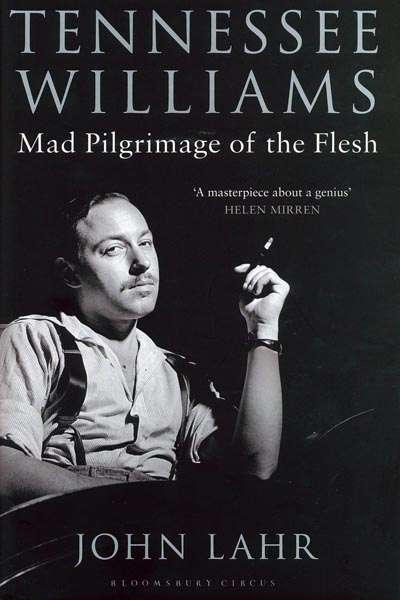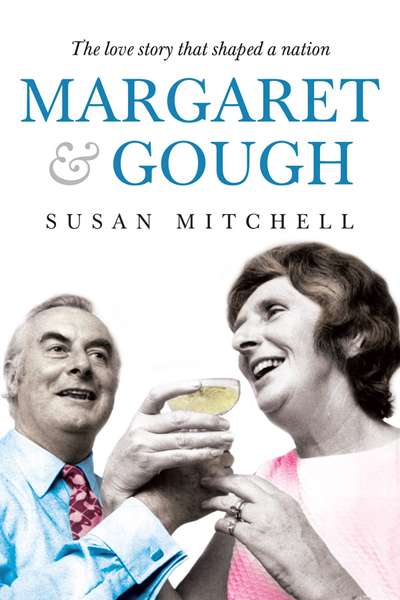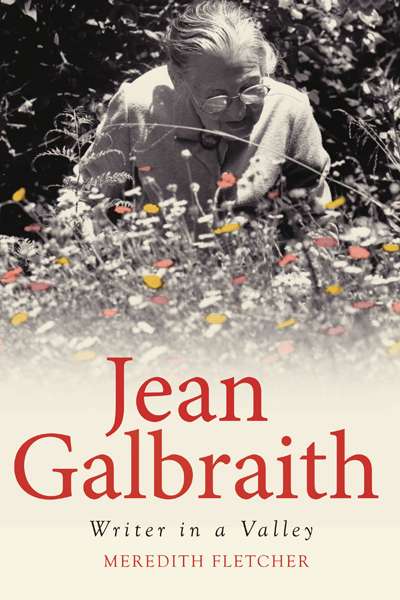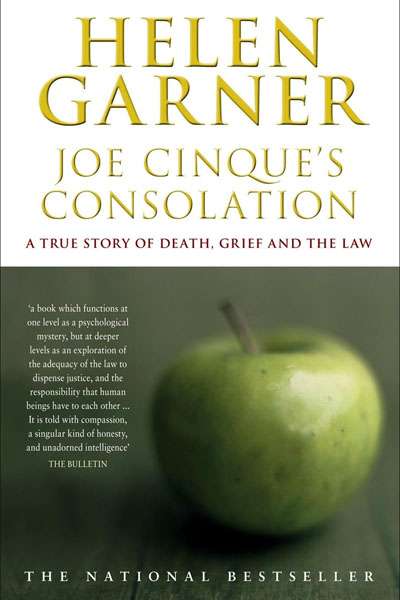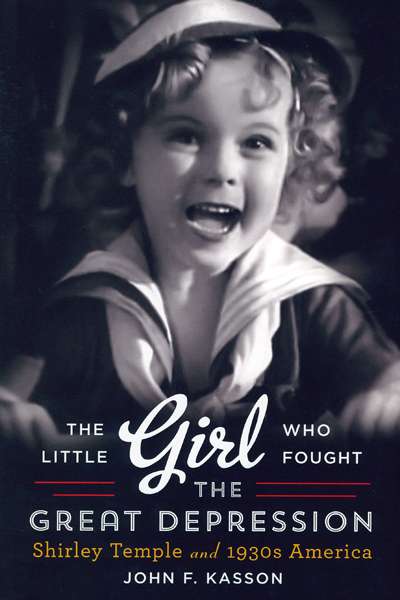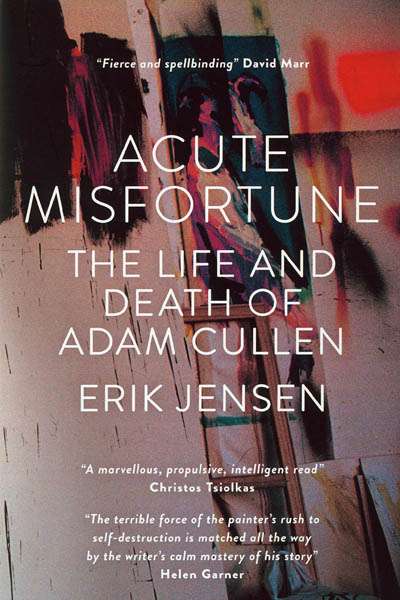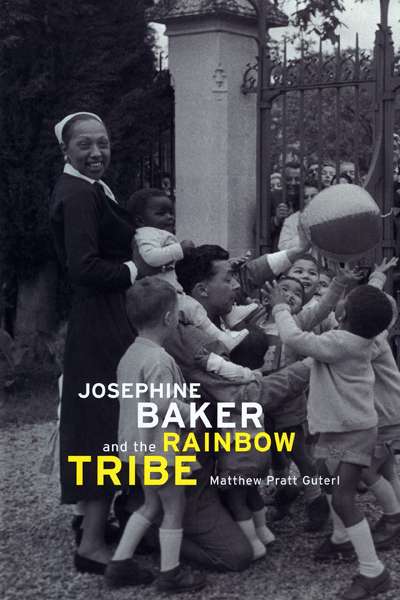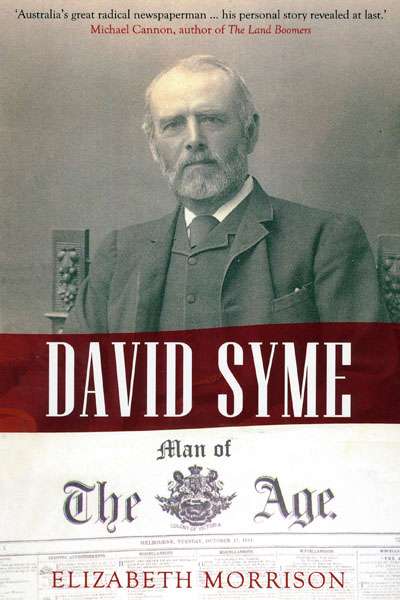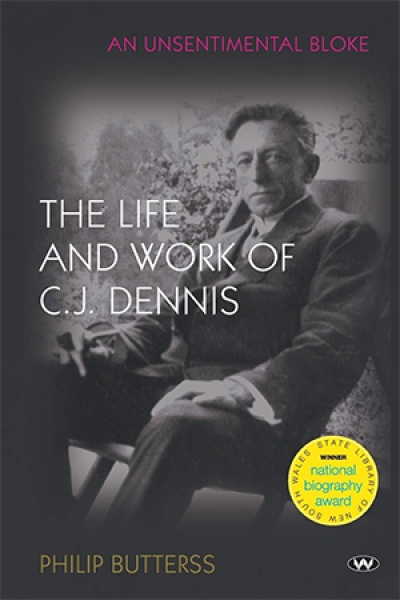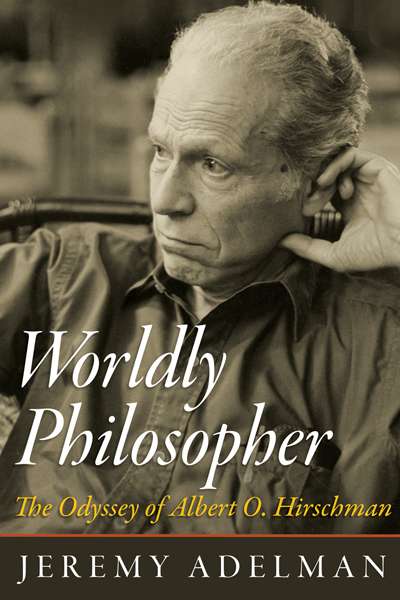Biography
Tennessee Williams: Mad pilgrimage of the flesh by John Lahr
by Ian Dickson •
Margaret and Gough: The love story that shaped a nation by Susan Mitchell
by Carol Middleton •
The Little Girl who Fought the Great Depression: Shirley Temple and 1930s America by John F. Kasson
by Desley Deacon •
Acute Misfortune: The life and death of Adam Cullen by Erik Jensen
by Peter Rose •
Josephine Baker and the Rainbow Tribe by Matthew Pratt Guterl
by Colin Nettelbeck •
An Unsentimental Bloke: The life and work of C.J. Dennis by Philip Butterss
by Dennis Haskell •
Worldly Philosopher by Jeremy Adelman & The Essential Hirschman edited by Jeremy Adelman
by Adrian Walsh •

